Japan from Taishō era to Heisei (1912
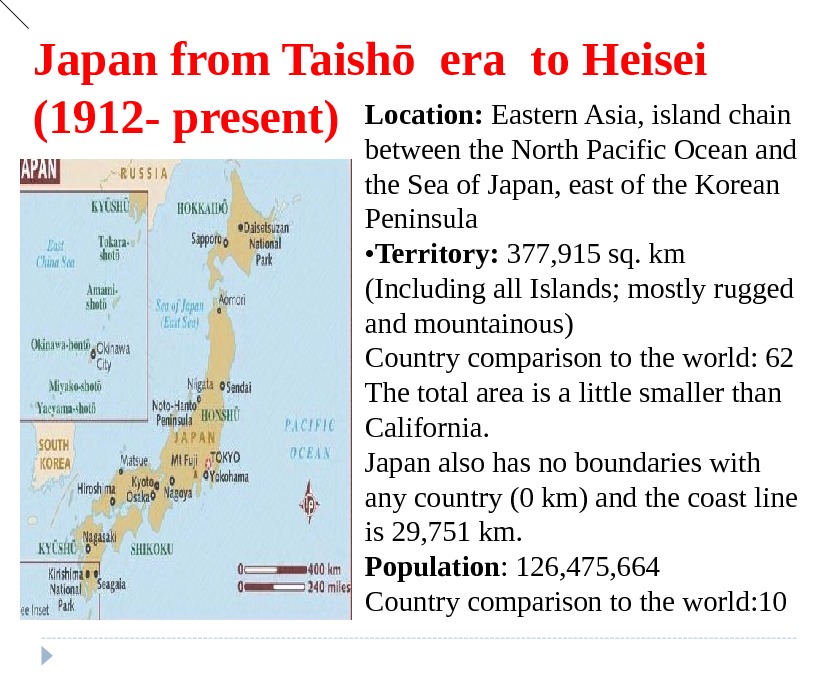
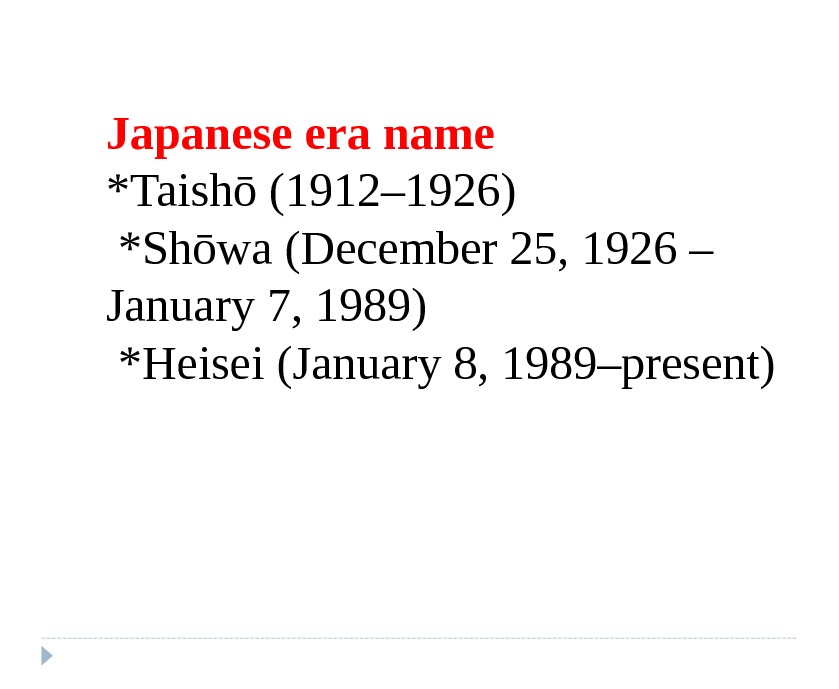
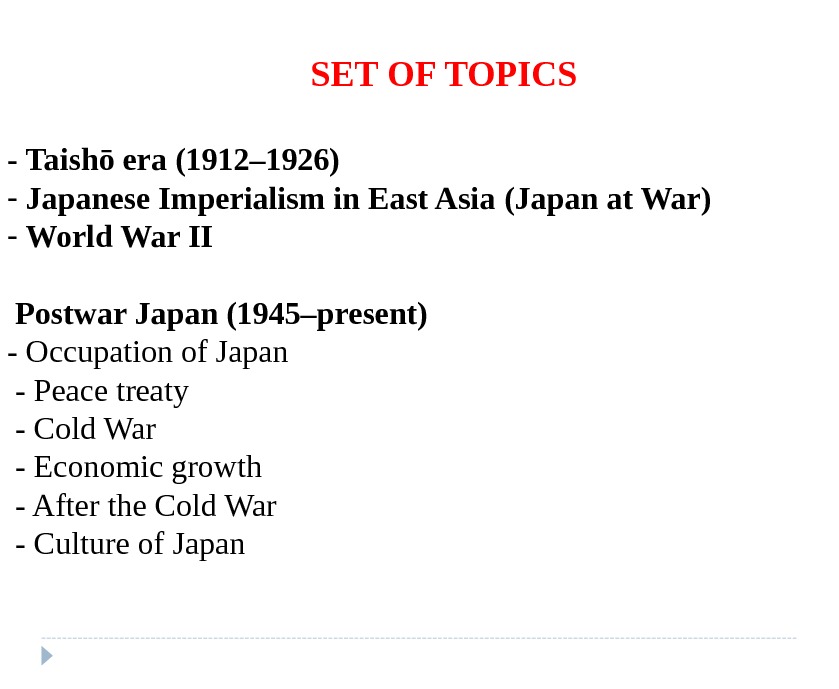
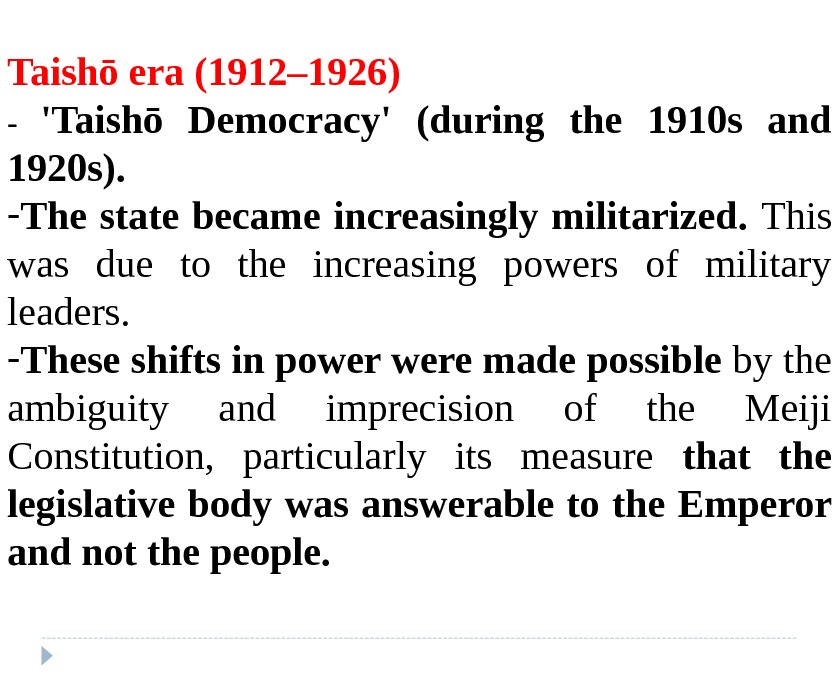
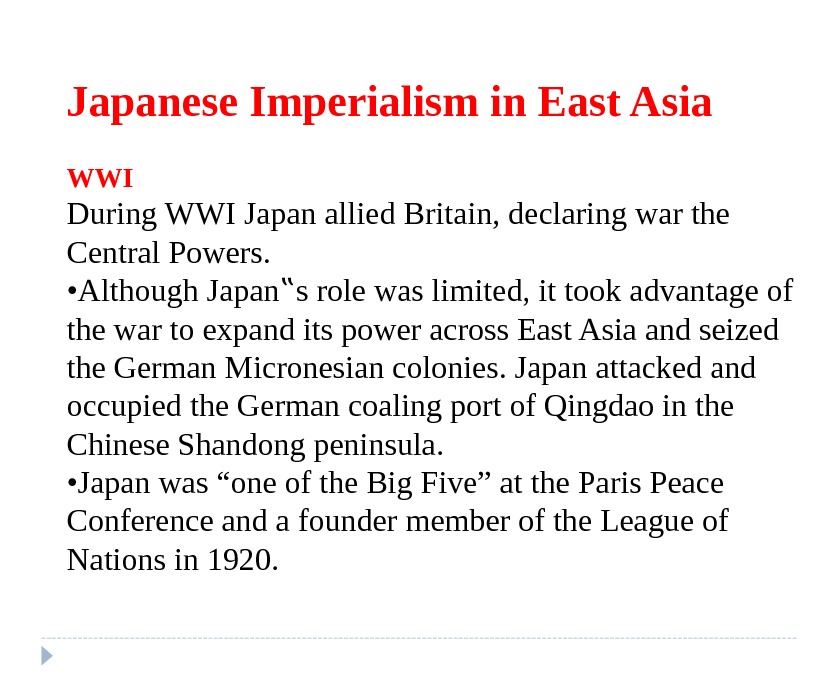
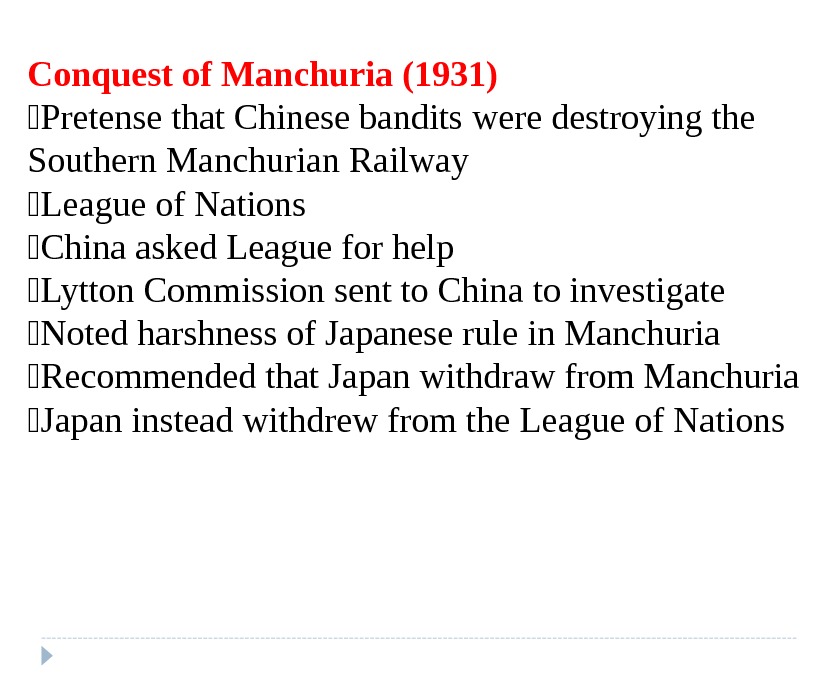
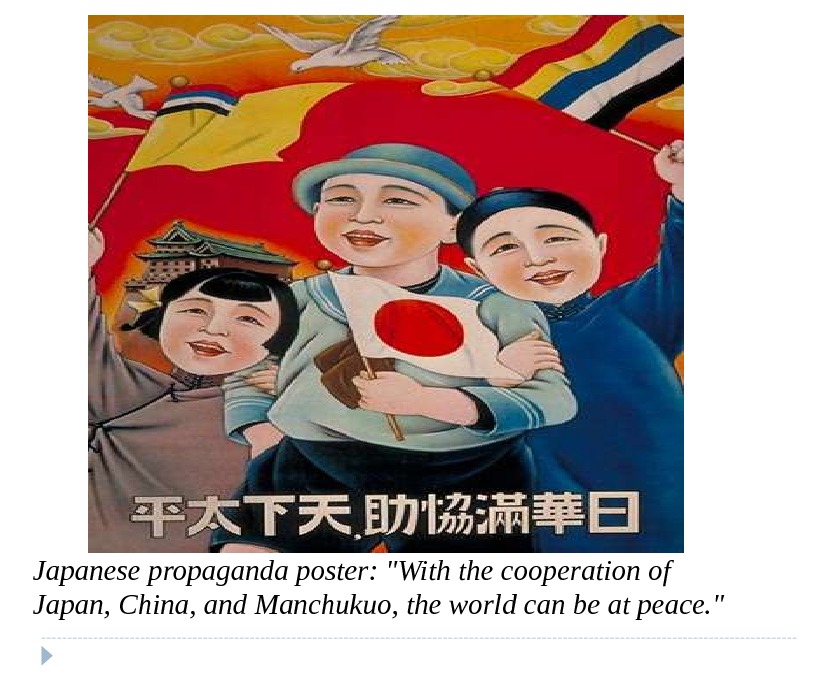


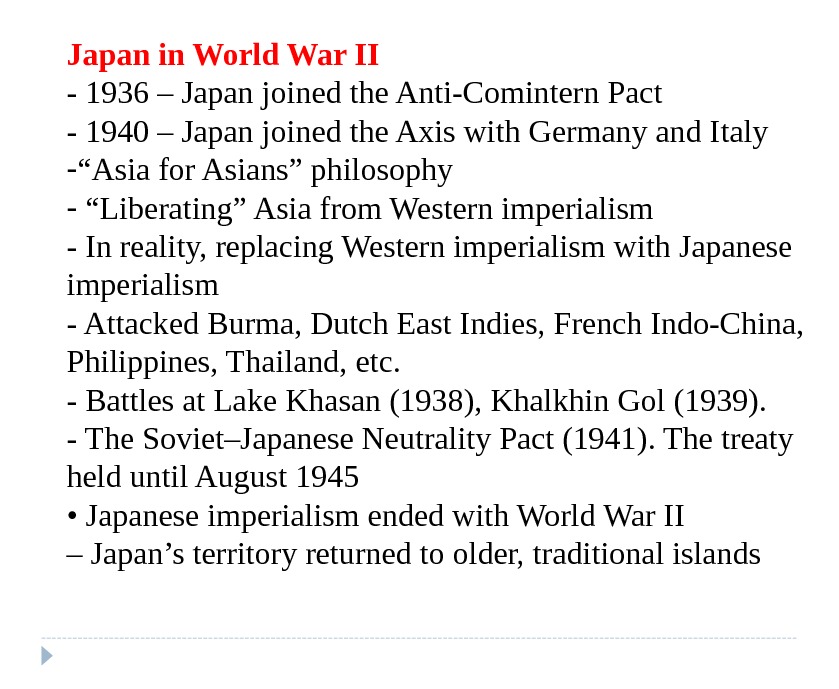
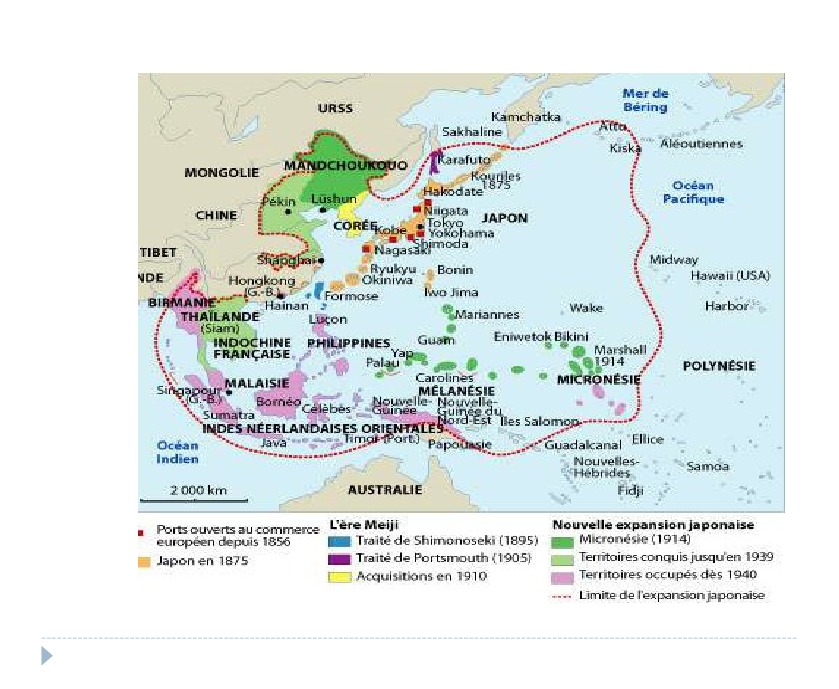

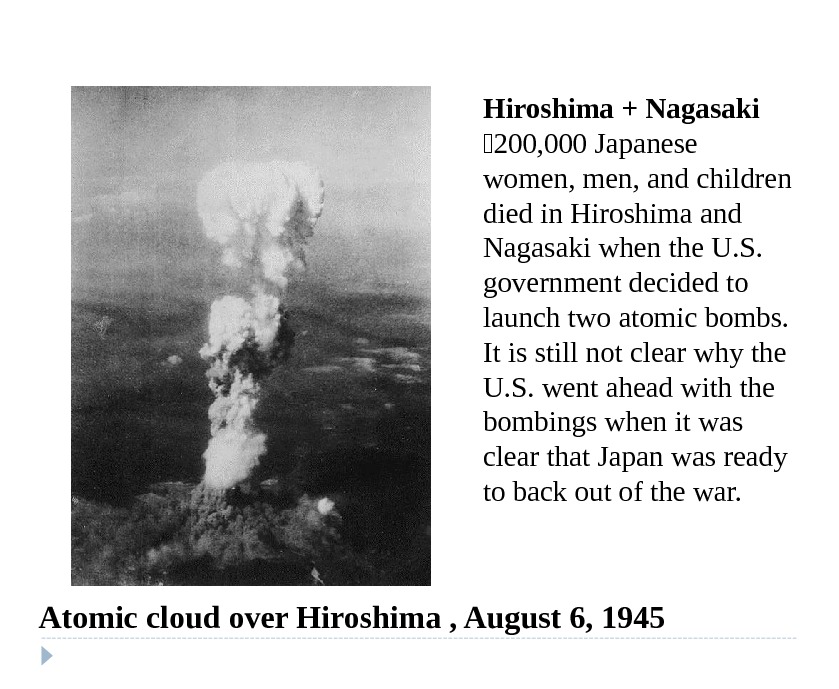
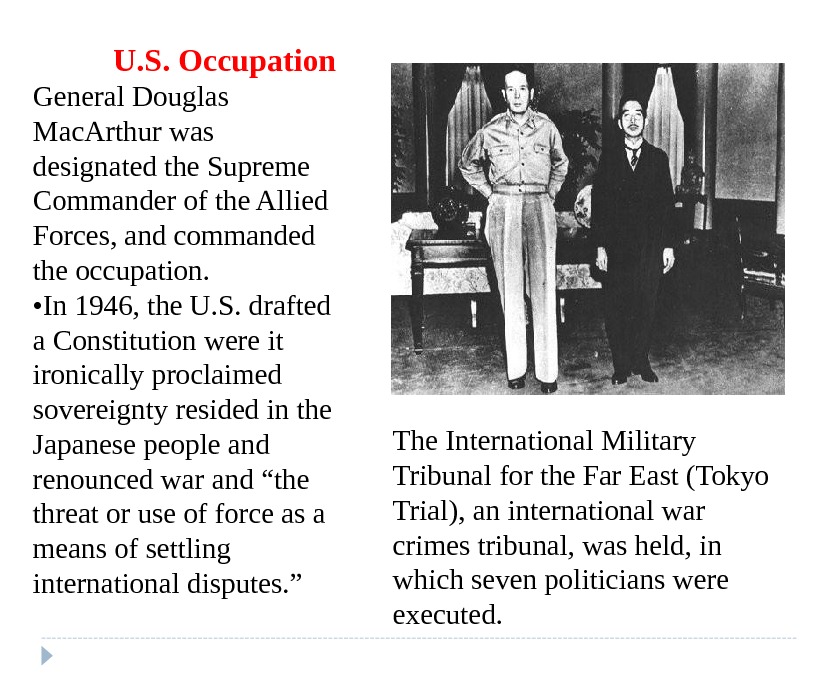
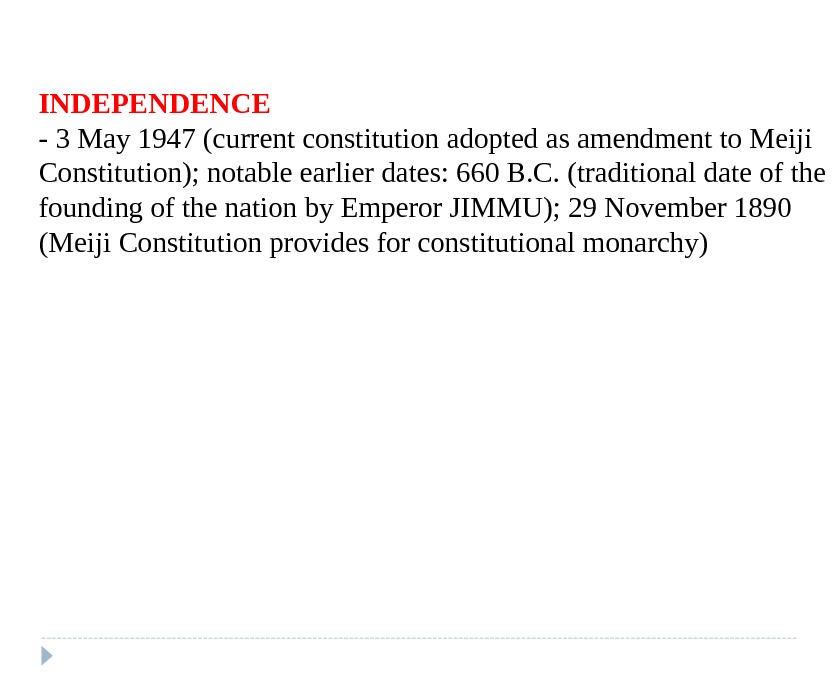
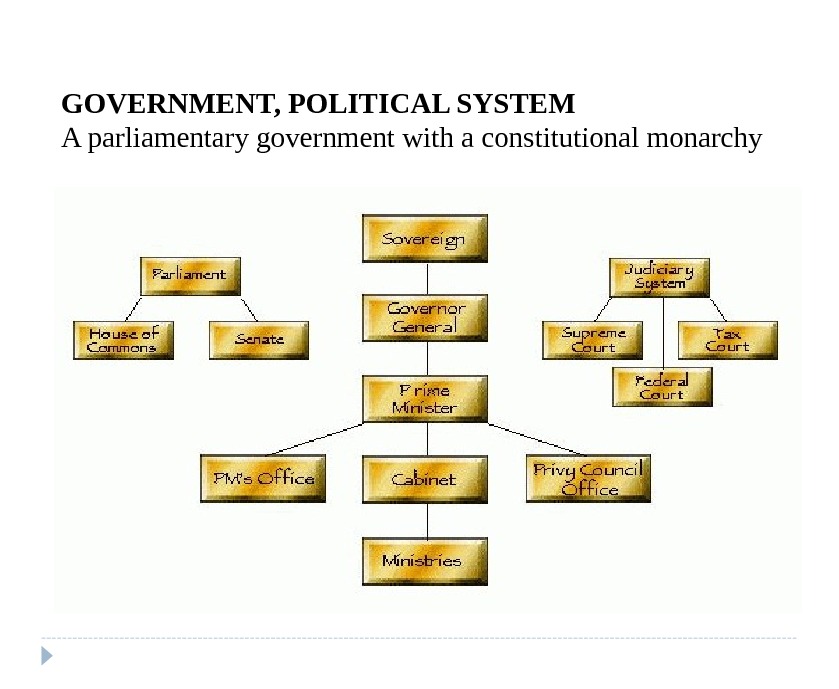

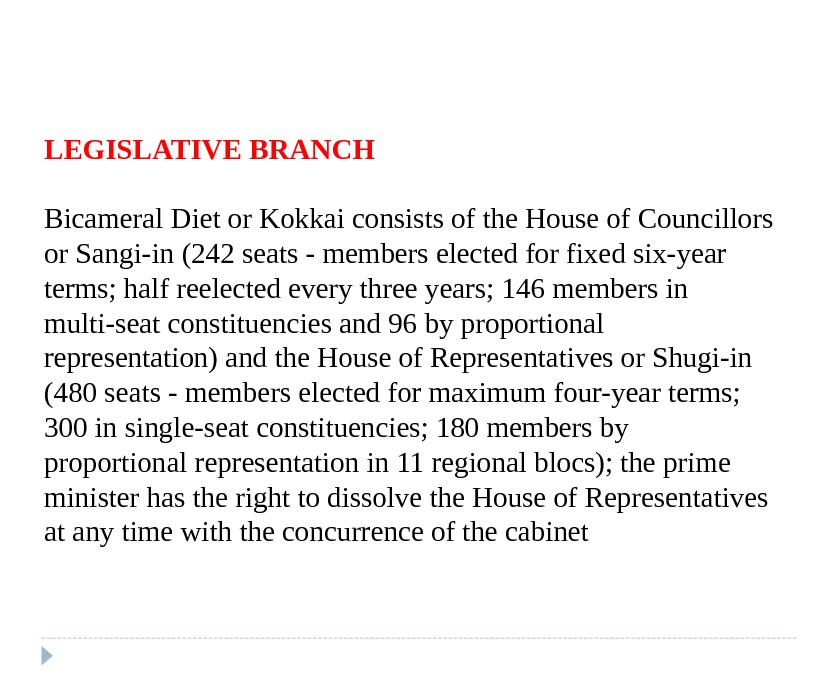
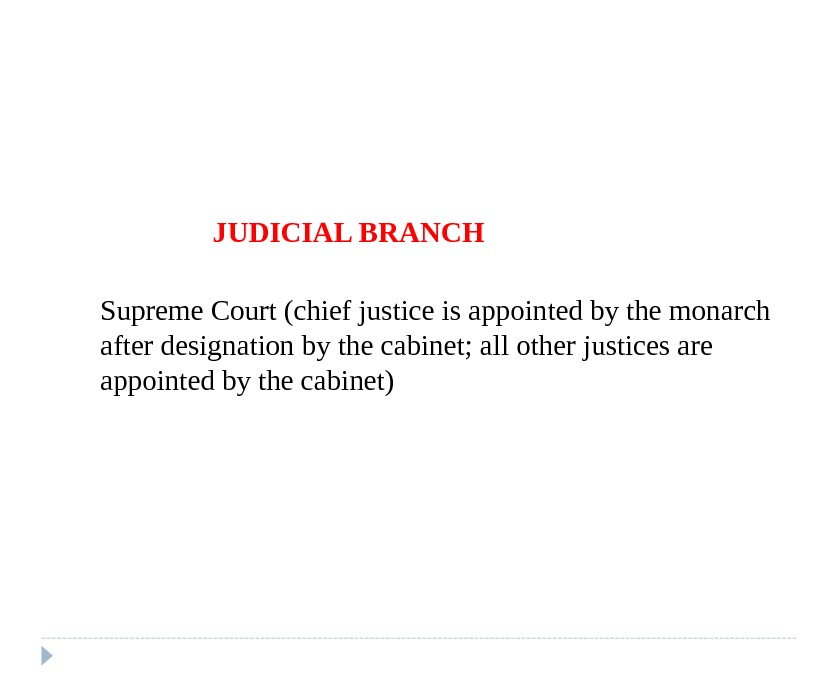
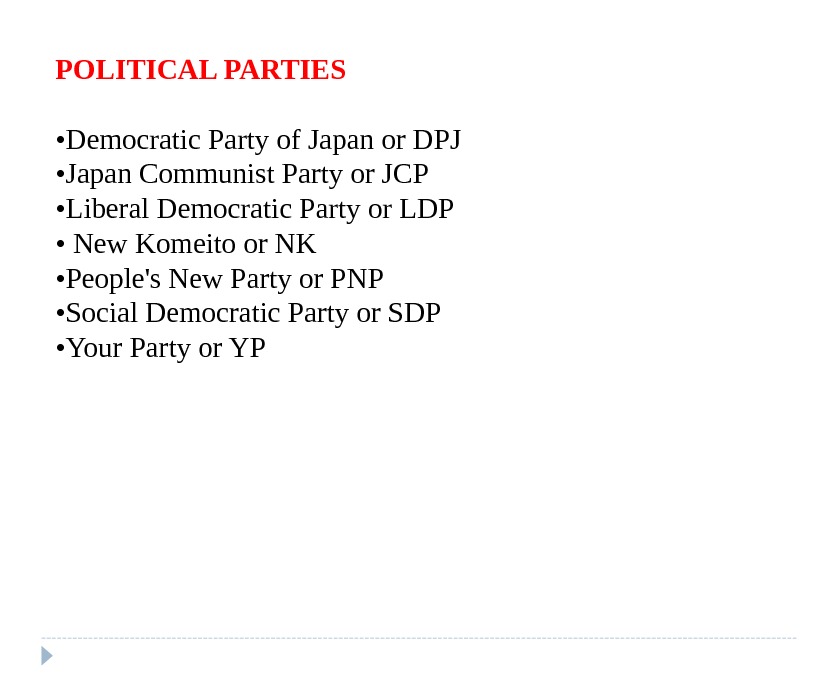
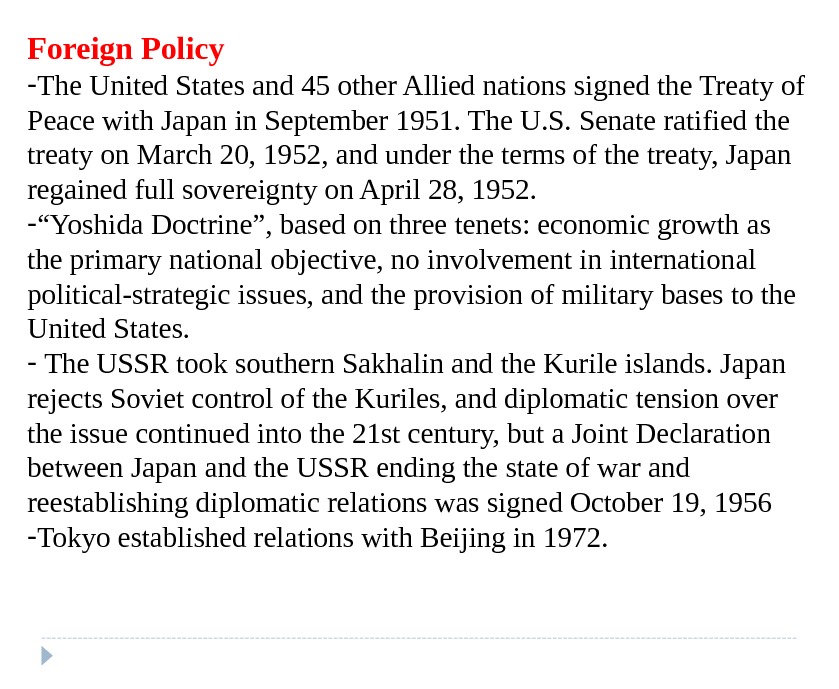
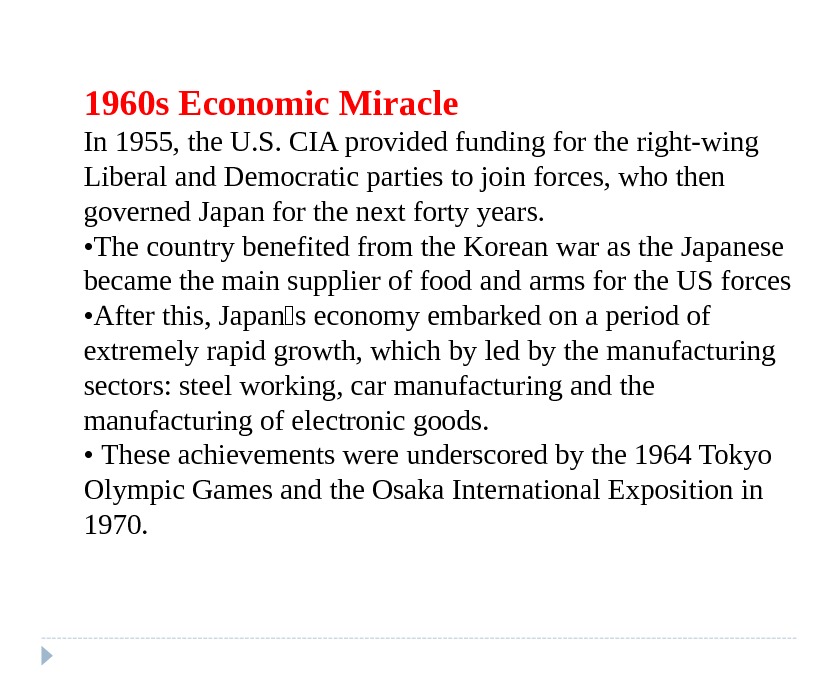
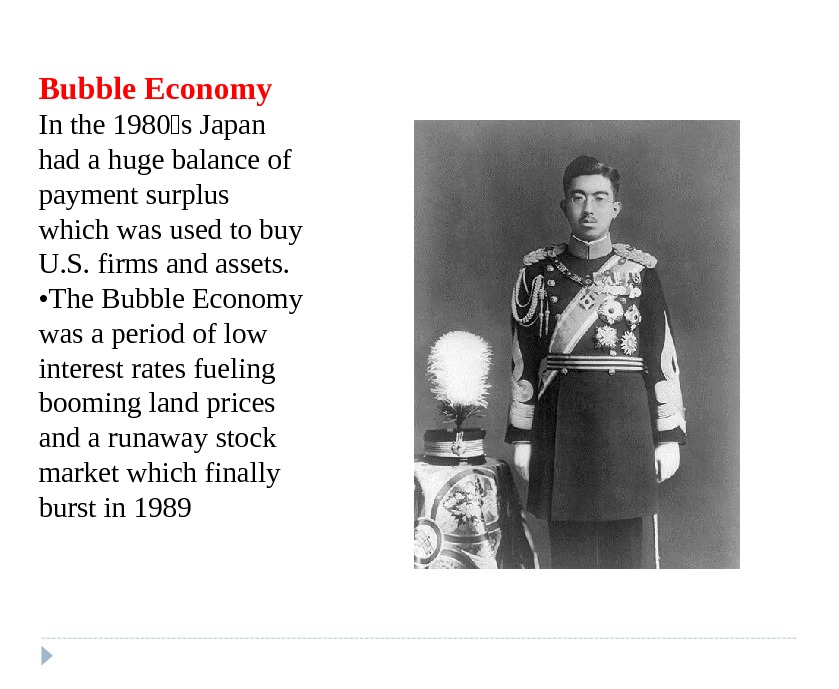
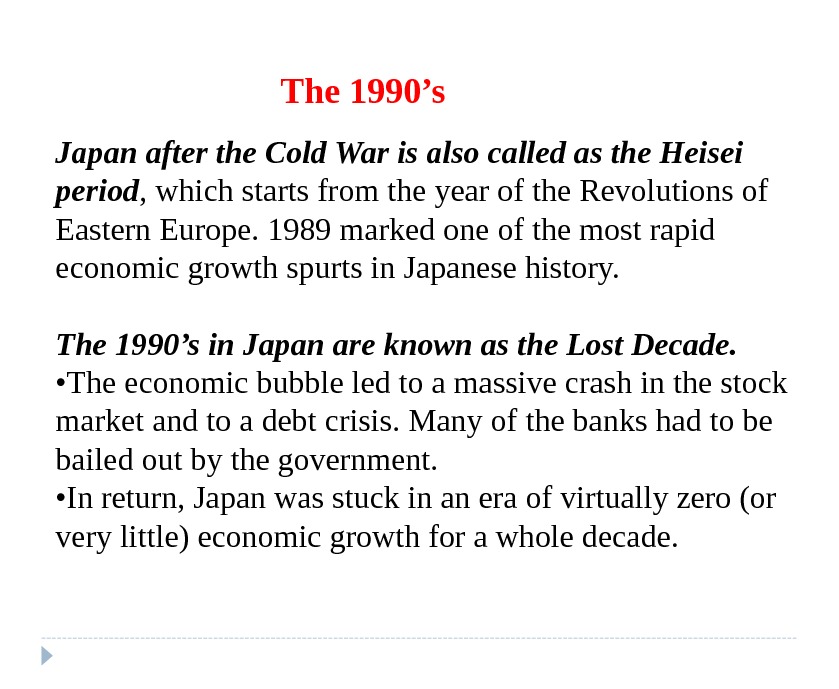
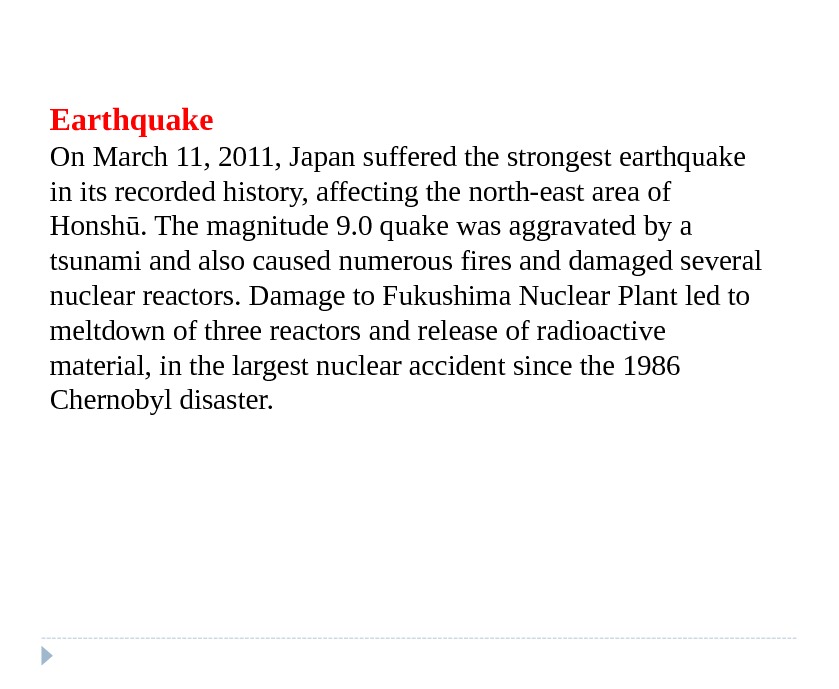

- Размер: 2.3 Mегабайта
- Количество слайдов: 26
Описание презентации Japan from Taishō era to Heisei (1912 по слайдам
 Japan from Taishō era to Heisei (1912 — present) Location: Eastern Asia, island chain between the North Pacific Ocean and the Sea of Japan, east of the Korean Peninsula • Territory: 377, 915 sq. km (Including all Islands; mostly rugged and mountainous) Country comparison to the world: 62 The total area is a little smaller than California. Japan also has no boundaries with any country (0 km) and the coast line is 29, 751 km. Population : 126, 475, 664 Country comparison to the world:
Japan from Taishō era to Heisei (1912 — present) Location: Eastern Asia, island chain between the North Pacific Ocean and the Sea of Japan, east of the Korean Peninsula • Territory: 377, 915 sq. km (Including all Islands; mostly rugged and mountainous) Country comparison to the world: 62 The total area is a little smaller than California. Japan also has no boundaries with any country (0 km) and the coast line is 29, 751 km. Population : 126, 475, 664 Country comparison to the world:
 Japanese era name *Taishō (1912– 1926) *Shōwa (December 25, 1926 – January 7, 1989) *Heisei (January 8, 1989–present)
Japanese era name *Taishō (1912– 1926) *Shōwa (December 25, 1926 – January 7, 1989) *Heisei (January 8, 1989–present)
 SET OF TOPICS — Taishō era (1912– 1926) — Japanese Imperialism in East Asia (Japan at War) — World War II Postwar Japan (1945–present) — Occupation of Japan — Peace treaty — Cold War — Economic growth — After the Cold War — Culture of Japan
SET OF TOPICS — Taishō era (1912– 1926) — Japanese Imperialism in East Asia (Japan at War) — World War II Postwar Japan (1945–present) — Occupation of Japan — Peace treaty — Cold War — Economic growth — After the Cold War — Culture of Japan
 Taishō era (1912– 1926) — ‘Taishō Democracy’ (during the 1910 s and 1920 s). — The state became increasingly militarized. This was due to the increasing powers of military leaders. — These shifts in power were made possible by the ambiguity and imprecision of the Meiji Constitution, particularly its measure that the legislative body was answerable to the Emperor and not the people.
Taishō era (1912– 1926) — ‘Taishō Democracy’ (during the 1910 s and 1920 s). — The state became increasingly militarized. This was due to the increasing powers of military leaders. — These shifts in power were made possible by the ambiguity and imprecision of the Meiji Constitution, particularly its measure that the legislative body was answerable to the Emperor and not the people.
 Japanese Imperialism in East Asia WWI During WWI Japan allied Britain, declaring war the Central Powers. • Although Japan s role was limited, it took advantage of ‟ the war to expand its power across East Asia and seized the German Micronesian colonies. Japan attacked and occupied the German coaling port of Qingdao in the Chinese Shandong peninsula. • Japan was “one of the Big Five” at the Paris Peace Conference and a founder member of the League of Nations in 1920.
Japanese Imperialism in East Asia WWI During WWI Japan allied Britain, declaring war the Central Powers. • Although Japan s role was limited, it took advantage of ‟ the war to expand its power across East Asia and seized the German Micronesian colonies. Japan attacked and occupied the German coaling port of Qingdao in the Chinese Shandong peninsula. • Japan was “one of the Big Five” at the Paris Peace Conference and a founder member of the League of Nations in 1920.
 Conquest of Manchuria (1931) Pretense that Chinese bandits were destroying the Southern Manchurian Railway League of Nations China asked League for help Lytton Commission sent to China to investigate Noted harshness of Japanese rule in Manchuria Recommended that Japan withdraw from Manchuria Japan instead withdrew from the League of Nations
Conquest of Manchuria (1931) Pretense that Chinese bandits were destroying the Southern Manchurian Railway League of Nations China asked League for help Lytton Commission sent to China to investigate Noted harshness of Japanese rule in Manchuria Recommended that Japan withdraw from Manchuria Japan instead withdrew from the League of Nations
 Japanese propaganda poster: «With the cooperation of Japan, China, and Manchukuo, the world can be at peace. «
Japanese propaganda poster: «With the cooperation of Japan, China, and Manchukuo, the world can be at peace. «
 Japanese Manchuria: Manchukuo Japan proclaimed its “independence” in 1931 Deposed (1912) Manchu emperor of China, Puyi, placed on throne as Manchurian emperor Really a puppet of Japan Stimson Doctrine – United States refused to recognize Japan’s actions Emperor Puyi Flag of Manchukuo
Japanese Manchuria: Manchukuo Japan proclaimed its “independence” in 1931 Deposed (1912) Manchu emperor of China, Puyi, placed on throne as Manchurian emperor Really a puppet of Japan Stimson Doctrine – United States refused to recognize Japan’s actions Emperor Puyi Flag of Manchukuo
 Japanese Invasion of China • Ignored international treaties – built up navy • Marco Polo Bridge Incident – July, 1937 – Minor dispute between Chinese and Japanese troops – Neither side was ready to fully back down – Small spark started the Second Sino-Japanese War • 1937 -1945 – World War II in Asia • U. S. reaction – Americans boycotted Japanese goods – American companies continued to sell Japan cotton, oil, and scrap metal
Japanese Invasion of China • Ignored international treaties – built up navy • Marco Polo Bridge Incident – July, 1937 – Minor dispute between Chinese and Japanese troops – Neither side was ready to fully back down – Small spark started the Second Sino-Japanese War • 1937 -1945 – World War II in Asia • U. S. reaction – Americans boycotted Japanese goods – American companies continued to sell Japan cotton, oil, and scrap metal
 Japan in World War II — 1936 – Japan joined the Anti-Comintern Pact — 1940 – Japan joined the Axis with Germany and Italy — “ Asia for Asians” philosophy — “ Liberating” Asia from Western imperialism — In reality, replacing Western imperialism with Japanese imperialism — Attacked Burma, Dutch East Indies, French Indo-China, Philippines, Thailand, etc. — Battles at Lake Khasan (1938), Khalkhin Gol (1939). — The Soviet–Japanese Neutrality Pact (1941). The treaty held until August 1945 • Japanese imperialism ended with World War II – Japan’s territory returned to older, traditional islands
Japan in World War II — 1936 – Japan joined the Anti-Comintern Pact — 1940 – Japan joined the Axis with Germany and Italy — “ Asia for Asians” philosophy — “ Liberating” Asia from Western imperialism — In reality, replacing Western imperialism with Japanese imperialism — Attacked Burma, Dutch East Indies, French Indo-China, Philippines, Thailand, etc. — Battles at Lake Khasan (1938), Khalkhin Gol (1939). — The Soviet–Japanese Neutrality Pact (1941). The treaty held until August 1945 • Japanese imperialism ended with World War II – Japan’s territory returned to older, traditional islands

 WW II Pearl Harbor • In 1941 Japan attacked the US naval base in Hawaii. At the same time as the Pearl Harbor attack, the Japanese army attacked British Hong Kong and occupied it for nearly four years.
WW II Pearl Harbor • In 1941 Japan attacked the US naval base in Hawaii. At the same time as the Pearl Harbor attack, the Japanese army attacked British Hong Kong and occupied it for nearly four years.
 Atomic cloud over Hiroshima , August 6, 1945 Hiroshima + Nagasaki 200, 000 Japanese women, and children died in Hiroshima and Nagasaki when the U. S. government decided to launch two atomic bombs. It is still not clear why the U. S. went ahead with the bombings when it was clear that Japan was ready to back out of the war.
Atomic cloud over Hiroshima , August 6, 1945 Hiroshima + Nagasaki 200, 000 Japanese women, and children died in Hiroshima and Nagasaki when the U. S. government decided to launch two atomic bombs. It is still not clear why the U. S. went ahead with the bombings when it was clear that Japan was ready to back out of the war.
 U. S. Occupation General Douglas Mac. Arthur was designated the Supreme Commander of the Allied Forces, and commanded the occupation. • In 1946, the U. S. drafted a Constitution were it ironically proclaimed sovereignty resided in the Japanese people and renounced war and “the threat or use of force as a means of settling international disputes. ” The International Military Tribunal for the Far East (Tokyo Trial), an international war crimes tribunal, was held, in which seven politicians were executed.
U. S. Occupation General Douglas Mac. Arthur was designated the Supreme Commander of the Allied Forces, and commanded the occupation. • In 1946, the U. S. drafted a Constitution were it ironically proclaimed sovereignty resided in the Japanese people and renounced war and “the threat or use of force as a means of settling international disputes. ” The International Military Tribunal for the Far East (Tokyo Trial), an international war crimes tribunal, was held, in which seven politicians were executed.
 INDEPENDENCE — 3 May 1947 (current constitution adopted as amendment to Meiji Constitution); notable earlier dates: 660 B. C. (traditional date of the founding of the nation by Emperor JIMMU); 29 November 1890 (Meiji Constitution provides for constitutional monarchy)
INDEPENDENCE — 3 May 1947 (current constitution adopted as amendment to Meiji Constitution); notable earlier dates: 660 B. C. (traditional date of the founding of the nation by Emperor JIMMU); 29 November 1890 (Meiji Constitution provides for constitutional monarchy)
 GOVERNMENT, POLITICAL SYSTEM A parliamentary government with a constitutional monarchy
GOVERNMENT, POLITICAL SYSTEM A parliamentary government with a constitutional monarchy
 ESECUTVE BRANCH Chief of state: Emperor AKIHITO (since 7 January 1989) • Head of government: Prime Minister Yoshihiko NODA (since 30 August 2011) • Cabinet: Cabinet is appointed by the prime minister • Elections: Diet designates the prime minister; constitution requires that the prime minister commands parliamentary majority; following legislative elections, the leader of majority party or leader of majority coalition in House of Representatives usually becomes prime minister; the monarchy is hereditary
ESECUTVE BRANCH Chief of state: Emperor AKIHITO (since 7 January 1989) • Head of government: Prime Minister Yoshihiko NODA (since 30 August 2011) • Cabinet: Cabinet is appointed by the prime minister • Elections: Diet designates the prime minister; constitution requires that the prime minister commands parliamentary majority; following legislative elections, the leader of majority party or leader of majority coalition in House of Representatives usually becomes prime minister; the monarchy is hereditary
 LEGISLATIVE BRANCH Bicameral Diet or Kokkai consists of the House of Councillors or Sangi-in (242 seats — members elected for fixed six-year terms; half reelected every three years; 146 members in multi-seat constituencies and 96 by proportional representation) and the House of Representatives or Shugi-in (480 seats — members elected for maximum four-year terms; 300 in single-seat constituencies; 180 members by proportional representation in 11 regional blocs); the prime minister has the right to dissolve the House of Representatives at any time with the concurrence of the cabinet
LEGISLATIVE BRANCH Bicameral Diet or Kokkai consists of the House of Councillors or Sangi-in (242 seats — members elected for fixed six-year terms; half reelected every three years; 146 members in multi-seat constituencies and 96 by proportional representation) and the House of Representatives or Shugi-in (480 seats — members elected for maximum four-year terms; 300 in single-seat constituencies; 180 members by proportional representation in 11 regional blocs); the prime minister has the right to dissolve the House of Representatives at any time with the concurrence of the cabinet
 Supreme Court (chief justice is appointed by the monarch after designation by the cabinet; all other justices are appointed by the cabinet) JUDICIAL BRANCH
Supreme Court (chief justice is appointed by the monarch after designation by the cabinet; all other justices are appointed by the cabinet) JUDICIAL BRANCH
 POLITICAL PARTIES • Democratic Party of Japan or DPJ • Japan Communist Party or JCP • Liberal Democratic Party or LDP • New Komeito or NK • People’s New Party or PNP • Social Democratic Party or SDP • Your Party or YP
POLITICAL PARTIES • Democratic Party of Japan or DPJ • Japan Communist Party or JCP • Liberal Democratic Party or LDP • New Komeito or NK • People’s New Party or PNP • Social Democratic Party or SDP • Your Party or YP
 Foreign Policy — The United States and 45 other Allied nations signed the Treaty of Peace with Japan in September 1951. The U. S. Senate ratified the treaty on March 20, 1952, and under the terms of the treaty, Japan regained full sovereignty on April 28, 1952. — “ Yoshida Doctrine”, based on three tenets: economic growth as the primary national objective, no involvement in international political-strategic issues, and the provision of military bases to the United States. — The USSR took southern Sakhalin and the Kurile islands. Japan rejects Soviet control of the Kuriles, and diplomatic tension over the issue continued into the 21 st century, but a Joint Declaration between Japan and the USSR ending the state of war and reestablishing diplomatic relations was signed October 19, 1956 — Tokyo established relations with Beijing in 1972.
Foreign Policy — The United States and 45 other Allied nations signed the Treaty of Peace with Japan in September 1951. The U. S. Senate ratified the treaty on March 20, 1952, and under the terms of the treaty, Japan regained full sovereignty on April 28, 1952. — “ Yoshida Doctrine”, based on three tenets: economic growth as the primary national objective, no involvement in international political-strategic issues, and the provision of military bases to the United States. — The USSR took southern Sakhalin and the Kurile islands. Japan rejects Soviet control of the Kuriles, and diplomatic tension over the issue continued into the 21 st century, but a Joint Declaration between Japan and the USSR ending the state of war and reestablishing diplomatic relations was signed October 19, 1956 — Tokyo established relations with Beijing in 1972.
 1960 s Economic Miracle In 1955, the U. S. CIA provided funding for the right-wing Liberal and Democratic parties to join forces, who then governed Japan for the next forty years. • The country benefited from the Korean war as the Japanese became the main supplier of food and arms for the US forces • After this, Japans economy embarked on a period of extremely rapid growth, which by led by the manufacturing sectors: steel working, car manufacturing and the manufacturing of electronic goods. • These achievements were underscored by the 1964 Tokyo Olympic Games and the Osaka International Exposition in 1970.
1960 s Economic Miracle In 1955, the U. S. CIA provided funding for the right-wing Liberal and Democratic parties to join forces, who then governed Japan for the next forty years. • The country benefited from the Korean war as the Japanese became the main supplier of food and arms for the US forces • After this, Japans economy embarked on a period of extremely rapid growth, which by led by the manufacturing sectors: steel working, car manufacturing and the manufacturing of electronic goods. • These achievements were underscored by the 1964 Tokyo Olympic Games and the Osaka International Exposition in 1970.
 Bubble Economy In the 1980 s Japan had a huge balance of payment surplus which was used to buy U. S. firms and assets. • The Bubble Economy was a period of low interest rates fueling booming land prices and a runaway stock market which finally burst in
Bubble Economy In the 1980 s Japan had a huge balance of payment surplus which was used to buy U. S. firms and assets. • The Bubble Economy was a period of low interest rates fueling booming land prices and a runaway stock market which finally burst in
 Japan after the Cold War is also called as the Heisei period , which starts from the year of the Revolutions of Eastern Europe. 1989 marked one of the most rapid economic growth spurts in Japanese history. The 1990’s in Japan are known as the Lost Decade. • The economic bubble led to a massive crash in the stock market and to a debt crisis. Many of the banks had to be bailed out by the government. • In return, Japan was stuck in an era of virtually zero (or very little) economic growth for a whole decade. The 1990’s
Japan after the Cold War is also called as the Heisei period , which starts from the year of the Revolutions of Eastern Europe. 1989 marked one of the most rapid economic growth spurts in Japanese history. The 1990’s in Japan are known as the Lost Decade. • The economic bubble led to a massive crash in the stock market and to a debt crisis. Many of the banks had to be bailed out by the government. • In return, Japan was stuck in an era of virtually zero (or very little) economic growth for a whole decade. The 1990’s
 Earthquake On March 11, 2011, Japan suffered the strongest earthquake in its recorded history, affecting the north-east area of Honshū. The magnitude 9. 0 quake was aggravated by a tsunami and also caused numerous fires and damaged several nuclear reactors. Damage to Fukushima Nuclear Plant led to meltdown of three reactors and release of radioactive material, in the largest nuclear accident since the 1986 Chernobyl disaster.
Earthquake On March 11, 2011, Japan suffered the strongest earthquake in its recorded history, affecting the north-east area of Honshū. The magnitude 9. 0 quake was aggravated by a tsunami and also caused numerous fires and damaged several nuclear reactors. Damage to Fukushima Nuclear Plant led to meltdown of three reactors and release of radioactive material, in the largest nuclear accident since the 1986 Chernobyl disaster.
 Thank you for your kind attention and Have a Great Weekend!
Thank you for your kind attention and Have a Great Weekend!
